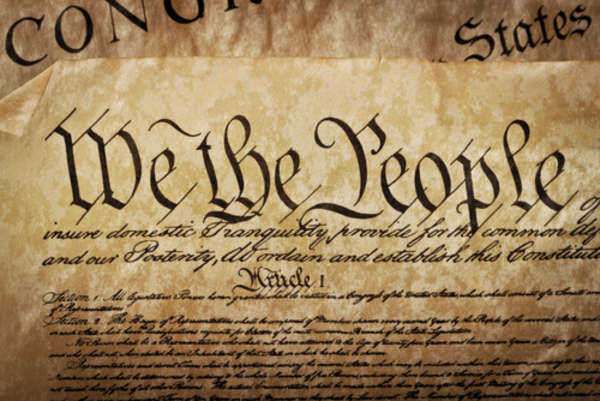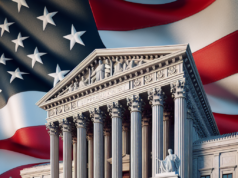
Hollingsworth v. Virginia: Background
The amendment to the United States Constitution by which the judicial power of the nation was declared not to extend to any suit prosecuted or commenced by a citizen or citizens of another state or by foreign subjects against states prevented the exercise of jurisdiction in any case in the past or future.
The case of Hollingsworth v. Virginia was a case in which the United States Supreme Court ruled that the President of the United States possesses no formal role in the process of amending the Constitution to the United States. This ruling, by the same logic, states that the President of the United States is rendered powerless to veto a Constitutional amendment when said amendment is officially proposed to the states to ratify. Furthermore, under this concept, it is reasonable to infer that a governor is uninvolved in the state’s constitutional amendment process.
The case of Hollingsworth v. Virginia was decided on February 14th of 1798 and officially stated the President of the United States possesses no formal role in the ratification of Constitutional Amendments.
Hollingsworth v. Virginia: Background
In the case of Hollingsworth v. Virginia, the United States Supreme Court offered no formal rationale for its ruling. Although the Supreme Court of the United States ruled that a presidential signature is not required to formally ratify an amendment, the holding is limited to the specific facts that were placed before the court.
It is believed that the United States Supreme Court took this position because it believed that the President of the united States possessed no constitutional authority to veto, pocket veto or sign congressionally proposed amendments. That said, the United States Supreme Court in Hollingsworth v. Virginia offered no formal position to affirm this notion.
Other rationales for the decision of Hollingsworth v. Virginia could be that once ratified by the requisite number of state bodies, an amendment or proposed amendment can no longer be challenged by any authority, including the President of the United States. Alternatively, the court in Hollingsworth v. Virginia may have initiated this ruling because a proclamation of ratification by the President of the United States is deemed assumed or conclusive upon the courts notwithstanding defects in the ratification process.
In summation, Hollingsworth v. Virginia held that no presidential signature is deemed necessary for valid ratification when the proposed amendment was presented more than ten days before a congressional adjournment. Hollingsworth v. Virginia did not formally address the question of whether or not the President of the United States had the power to veto a proposed amendment nor did it address the question of the necessity of a Presidential signature in situations where the amendment was brought to the President of the United States less than ten days before congressional adjournment.





























